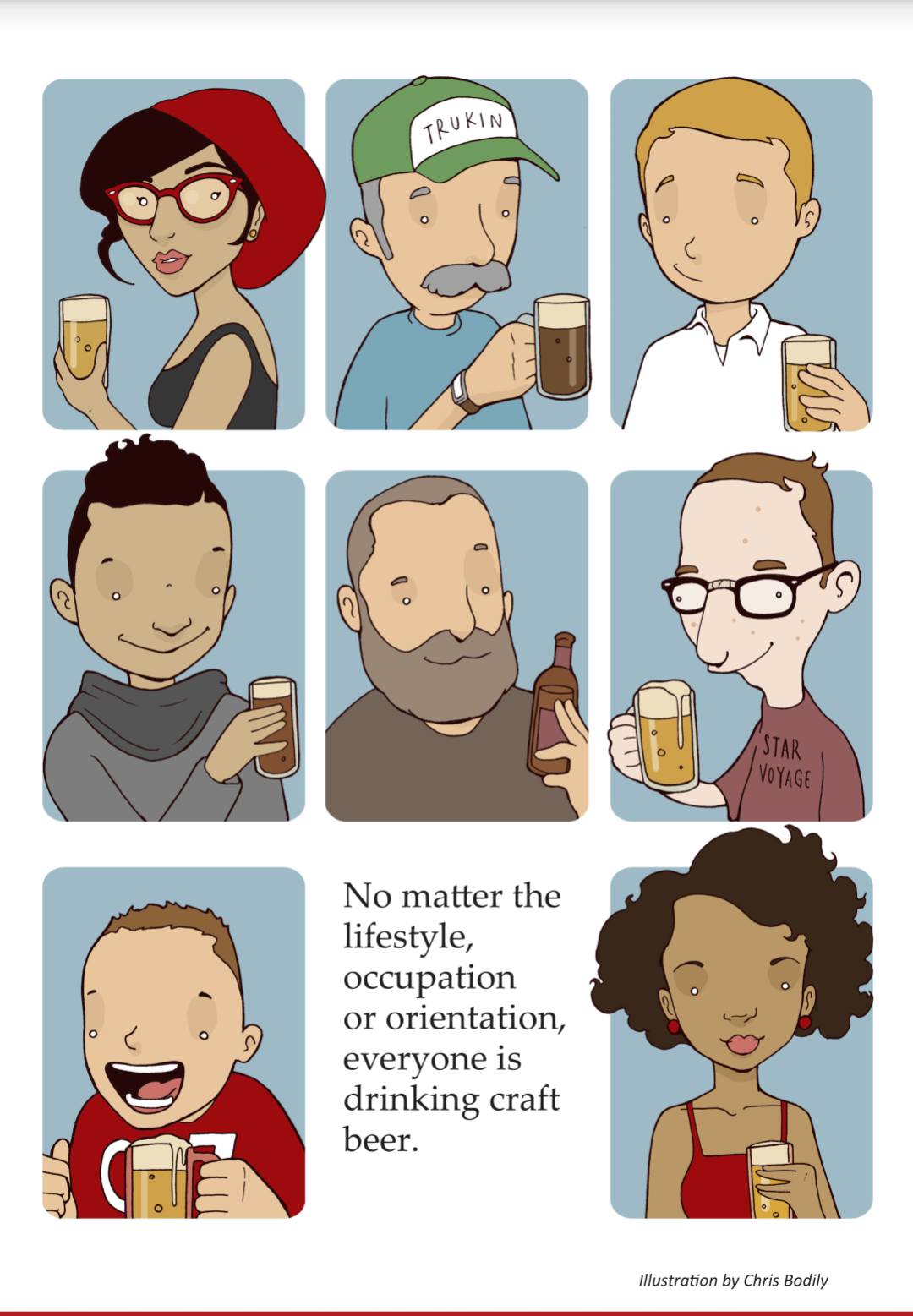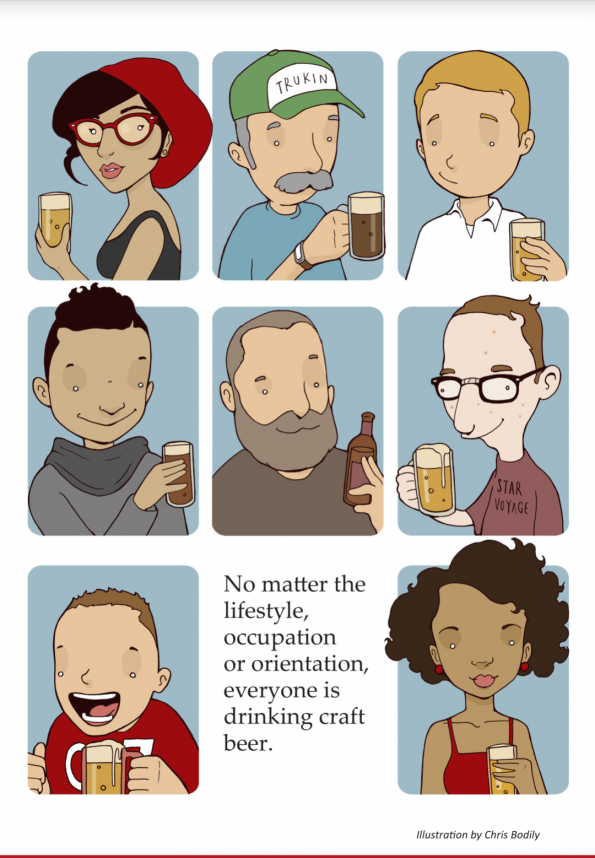
John Maynard Keynes, known as the “father of modern economics,” developed the ideas of macroeconomic theory. He was a genius and gave future economists all the tools they needed to forecast and understand the big economic picture. Worldwide supply and demand curves which dictated prices became the economic laws of the land. These measures became the keys that could drive monetary and fiscal policies for governments throughout the world and give bankers greater lending power over the supplies of capital.
Keynes ideas led to the monetary policy of the Federal Reserve lending money to banks by either printing money or selling US treasury bonds to those wanting to assume our debt. Through the Fed, our banks have been offering mega-corporate powers a nearly infinite supply of cheap money at near zero percent interest for the past eight years.
So what does all of this have to do with beer?
Despite all this cheap money, we are seeing signs that the mega-corporations might not control our politics and economy after all.
Keynes’ theories, designed to predict consumer behavior, begin to fall apart when we examine the unprecedented rise of craft brewing in the United States. It’s been known for years that during times of recession, just two businesses are recession proof: liquor and entertainment. Consumers want escapism. But liquor, unlike entertainment, had become a commodity item in all but a few households. Even my grandpa, who always carried hundreds in his money clip, drank Budweiser and cheap Jim Beam whiskey.
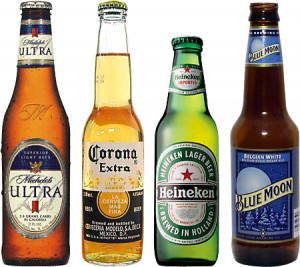 Consumers were not particular in their choices. Rainier Beer was nearly indistinguishable from Busch Beer from Milwaukee’s Best, Budweiser and Coors. They were all commodity beers, and price and supply drove consumption. Utah’s Fisher beer was forced to cheapen the quality of their German Pilsner to compete against the larger name brands, especially when Lucky Lager entered the market. But their distribution and cost-of-scale couldn’t compete against Coors, Miller and Lucky, so the only Utah brewery closed its doors forever in 1967.
Consumers were not particular in their choices. Rainier Beer was nearly indistinguishable from Busch Beer from Milwaukee’s Best, Budweiser and Coors. They were all commodity beers, and price and supply drove consumption. Utah’s Fisher beer was forced to cheapen the quality of their German Pilsner to compete against the larger name brands, especially when Lucky Lager entered the market. But their distribution and cost-of-scale couldn’t compete against Coors, Miller and Lucky, so the only Utah brewery closed its doors forever in 1967.
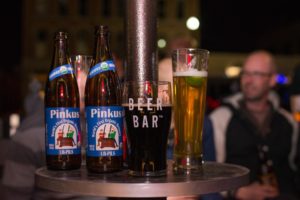
So it went for golden light American-style Pilsner beer. “Consumers” didn’t care for variety; they bought what was available, and each consumer picked one of about five beers to determine which would be their lifelong beer of choice. The beer ads with the sexiest ladies usually gained the greatest favor.
Rise of Microbreweries and “Local” Cool
But then something shocking happened. To pinpoint where it happened is difficult. Many would say it was in the Northeast when the Samuel Adams brewery opened, offering a more expensive “craft” beer from a “microbrewery.” Others would claim it was with Sierra Nevada or Anchor Steamer, which stuck to small-batch craft brewing even after the market was going the opposite direction. But around the same time in the late eighties and early nineties on both coasts, the country awoke from their mind-numbing Madison Avenue mantras (for our younger readers, that is the place in New York where the largest ad agencies reside) to drink one of only about a handful of beers. Consumers wanted something better. But why?
It was the late eighties. In the ad world, Spud McKenzie, Bo Jackson, Michael Jordan and “Don’t just ask for a light” were popular ad campaigns we would recite on the playground. We would play basketball at recess and talk about Bo-Diddley and Bo Jackson and Air Jordans.
Every cool kid had Girbaud jeans, a Hard Rock Cafe t-shirt and a pair of Jordans. Then a shirt reading “Good for What Ales You” started showing up with the Squatters’ logo.
“What’s Squatters?”
“It’s beer dummy!”
The shirt began showing up on the backs of most of the cool kids.
“Ahhhh…Good for What Ales you,” we would say drinking our soda.
It wouldn’t be for another eight years until I would actually try Wasatch and Squatters beers, but I now look back at this as a pivotal moment in consumer behavior history. What Squatters had managed to do was to change the conversation at the playground. All we would ever talk about was what probably every kid who watched three hours of TV a night would talk about. We were programmed. We were happy little consumers. Then all of the sudden something local changed our conversation and local beer became cool.
How did this happen all across the country in various pockets seemingly simultaneously? It turns out good ideas spread like wildfire. When Peter Cole and Jeff Polychronis decided to open a brewpub in a seedy downtown Salt Lake City area, they had already road-tripped to around 10 popular brewpubs in other cities. Peter and Jeff were real estate guys who saw how beer had the potential to revitalize urban neighborhoods. They had witnessed it. But beer wasn’t magic. A brewery wasn’t a Willy Wonka Chocolate Factory. Why were consumers choosing to step outside of the boxes that were dictated to us by corporate executives with billions at their disposal to train our buying habits? Where did Keynes go wrong in his easy predictions of consumer behavior? Keynes’ and bankers’ tight supply and demand curves experienced their first minor tremor.
A box is an interesting shape. When spread out on a flat surface it has actually eight sides. Two of the sides are made to be opened and closed. And people—even mind-numbed people—can only remain in boxes for so long. Corporate America and established powers had done all they could to put more tape on the boxes to keep everyone inside. But we aren’t staying in, and we are pissing them off. The rise of craft beer in this country is a social revolt akin to the Boston Tea Party demonstration when mobs threw hundreds of pounds of perfectly good tea overboard into Boston Harbor to revolt against a premise to which they did not adhere: taxation without representation. Today it’s consumption without representation. We are revolting.
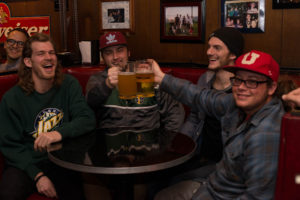 Beer Revolution
Beer Revolution
People are revolting against corporate hegemony. One company now owns five of the largest breweries in the world and over 100 total labels, and they are about to purchase their second-largest rival for $5 billion. This certainly runs afoul of antitrust laws. This company (called InBev) still maintains distribution monopolies in many grocery chains around the world, enjoying a favored status. Consumer reaction is forcing major grocery stores to change. Now, above all, locally, everyone can enjoy much better beer.
Now this beerevolution is being taken much further. People are cutting their cords and not watching TV. The mind programming that big corporate makers relied on and which served for so long as the umbilical cord to feed everyone their Kellogg’s cereals, Coke products, fast food, Frito-Lay chips and Tino’s pizza will need to find new ways of reaching the kids on the playground. They aren’t listening anymore. Instead they are Snapchatting.
 The vast majority of beer consumers drinking craft beer do so because it tastes better and it’s cool. But there are more who recognize that the great economic good this unpredictable consumer behavior has had on our economy. We now have 15 breweries just along the Wasatch Front, and over 2,768 craft breweries nation-wide. Denver’s metro area alone is home to 25. These breweries open opportunities to entrepreneurs and craftspeople, non-existent 20 years ago. Championed by the rise of craft beer, there are now local cheese makers, sausage makers, bread makers, wineries and distilleries. None of these local industries would have had any possibility of competing against massive commodity makers if it weren’t for beer paving the way into some of the best display positions in major grocery stores and breweries which can sell directly to customers.
The vast majority of beer consumers drinking craft beer do so because it tastes better and it’s cool. But there are more who recognize that the great economic good this unpredictable consumer behavior has had on our economy. We now have 15 breweries just along the Wasatch Front, and over 2,768 craft breweries nation-wide. Denver’s metro area alone is home to 25. These breweries open opportunities to entrepreneurs and craftspeople, non-existent 20 years ago. Championed by the rise of craft beer, there are now local cheese makers, sausage makers, bread makers, wineries and distilleries. None of these local industries would have had any possibility of competing against massive commodity makers if it weren’t for beer paving the way into some of the best display positions in major grocery stores and breweries which can sell directly to customers.
From 1967 to 1989, it wasn’t just that there wasn’t local beer. There was no opportunity for local beer because all of the major supermarkets partnered directly with the major food producers to monopolize shelf space and merchandising. It required consumers constantly demanding local beer before they would stock Wasatch, Squatters or Uinta at local grocery stores. Smith’s, Fred Meyer, Albertsons, Dans, Harmons— they were all forced to change because Wild Oats started a trend of not just stocking local beer, but catering to local producers. The grocer out of Austin, Texas forced the food cartel to crack and open their shelves to locals.
And today, every grocery chain that isn’t saying “I’m a local” is going out of business. Whole Foods Local food growers and artisans have been vital to the success of Whole Foods Market … participants,” said John Mackey, Whole Foods Market CEO and co-founder. Harmons was the first to ride the local craft movement wave, and now they are winning.
Now a final point— in this year’s election we see two anti-establishment candidates vying to usurp their party leadership and show corporate America once again that the people are much stronger than their Super PACs and their will. If either Bernie Sanders or Donald Trump win the election, it will be the first time ever that a candidate for President won an election without the corporations funding their campaigns. If that happens whether it’s a Democrat or a Republican, it’s worth saying “Cheers!” with a local beer.

